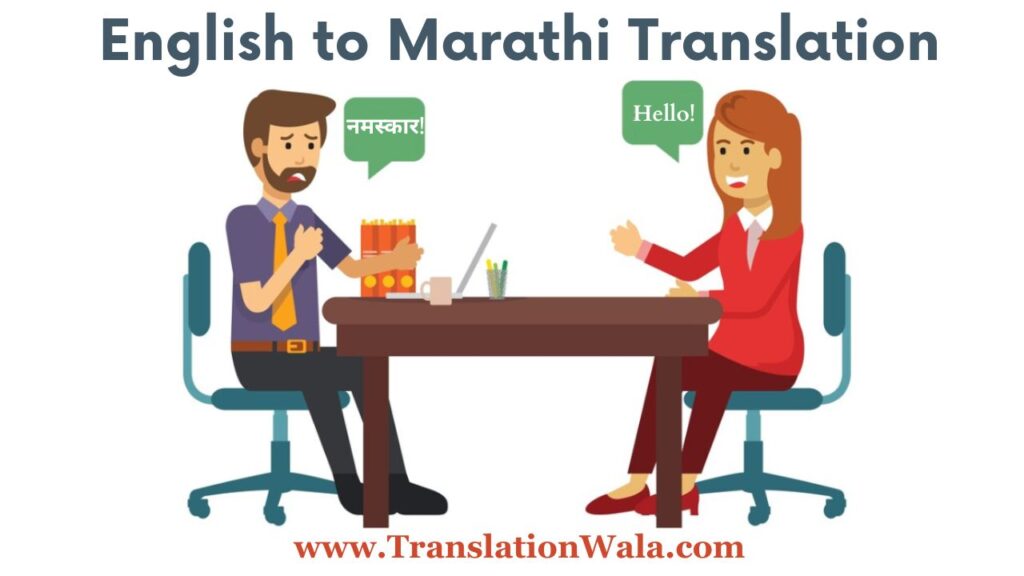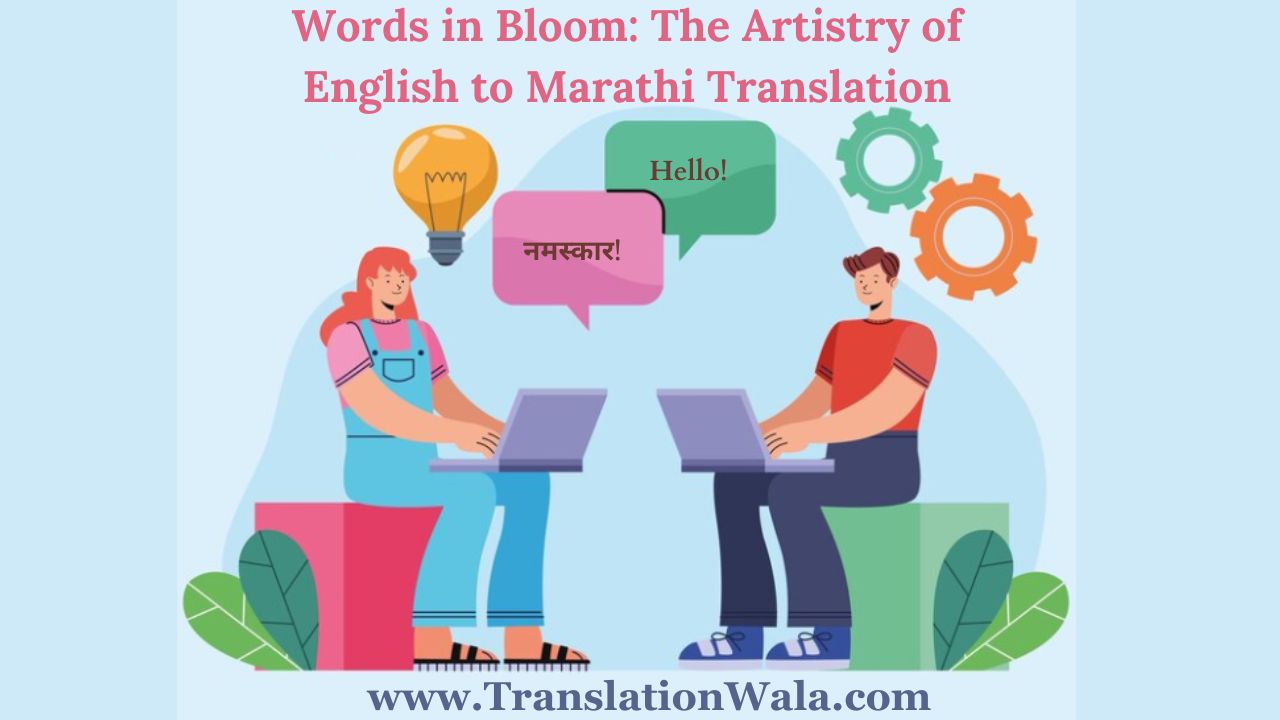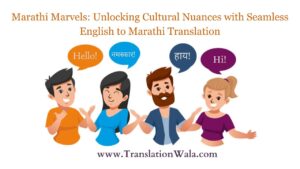Over 80 million people speak Marathi around the world, and the language has a rich written history. Still, a lot of Marathi readers find that translated books, especially English ones, are the best way to get into the world of foreign writing. But English to Marathi Translation isn’t just a matter of moving words around. As a translator works hard to make sure that the text they’re working on is not only correct, but also really hits home with people who speak Marathi.
The Challenge of Capturing Nuance
It’s the little things that make words beautiful. Because English and Marathi come from different countries and past, they have developed their own ways of saying things. When translating something literally, it’s easy to miss what the original text was really about.
Consider humor – A clever English term might not work the same way in Marathi. The translation has to come up with a word that makes the reader laugh or feel amused in the same way. Imagine translating a pun. If you translate it word-for-word, you might lose all the wordplay that makes the original funny. A good translator will come up with a creative answer by using a different joke or phrase that fits with the Marathi language and culture.
References to other cultures are also a problem. If you talk about a historical event or a social norm in English without giving it much thought, a Marathi person who doesn’t know the background might not understand. To keep the story’s flow, the translation has to fill in this gap by explaining things or finding culturally important similarities that fit in. For example, if an English book talks about a certain holiday, a Marathi reader who doesn’t know about it might need a short description.
The Art of Word Choice
A lot of words are used in Marathi, just like in English. It’s very important to pick the right words for a translation. A translation doesn’t just look for words that mean the same thing; they try to capture the tone and emotional weight (formal vs. informal) of the source text. This is very important when adapting literature works because the style of the author is very important.
To give you an example, translating Jane Austen’s beautiful writing is not the same as translating Lee Child’s fast-paced thriller writing. The translation has to change words and sentence structure to keep the author’s style and make the book enjoyable to read for people who speak Marathi. When translating a Jane Austen book, you might need to use more detailed language and try to capture the beauty of her writing. When translating a Lee Child drama, on the other hand, you might need to use shorter, more powerful lines that build tension and urgency.
Also Read: Bridge the Gap: Accurate English to Malayalam Translation

The Music of Language
Marathi is a language that is known for how well it sounds. It’s hard to translate poems because you have to show not only the message but also the flow and rhyme scheme of the source. In this case, the translator turns into an artist by writing new Marathi lines that sound like they were written in the original language.
To get the right rhyme scheme, you might have to give up some precise meaning sometimes. But a good translation can think of creative ways to keep the spirit of the poem while making it beautiful and interesting for the Marathi reader. They can do this by using metaphors and humor. For example, an English rhyme poem might need to be reorganized a little in Marathi to sound the same, even if that means slightly changing the word order or how the words are put together.
The Importance of Cultural Sensitivity
A good translation does more than just translate words; it helps people understand other cultures. As a link, the translation brings new thoughts and points of view to the Marathi audience. It’s important to be aware of ethnic differences and not reinforce assumptions.
For example, It takes a lot of thought to translate gender roles or faith customs. The translation could choose moderate language or add more information to make sure the translated text is polite and doesn’t offend anyone by accident. When translating a scene with traditional Indian clothes, it might be necessary to add a short description for a Marathi reader who doesn’t know what a certain outfit means in the English text.
The Flourishing Landscape of English to Marathi Translation
In the past few years, there has been a big rise in English to Marathi Translation. This is because more and more Marathi readers are interested in reading books from other countries and there are more and more skilled interpreters. Literary events, classes, and award ceremonies are showing translators how important they are and how they have improved the Marathi literary scene.
People who work as translators can meet each other, show off their work, and talk about their experiences at these events. It is now easier for translators to work together and talk to each other thanks to more online outlets. This has made the community even stronger.
The Future of Words in Bloom
As the world gets smaller and smaller, interpreters play an even more important part. English to Marathi Translation could help people in Marathi learn about a lot of different kinds of writing, which would be good for culture sharing and understanding.
Technology is also a factor; machine translation tools are getting smarter all the time. But these tools should only be used as extra help and not as a replacement for real people. The skill of catching the core of a text in a different language while taking into account regional differences and producing a work.



